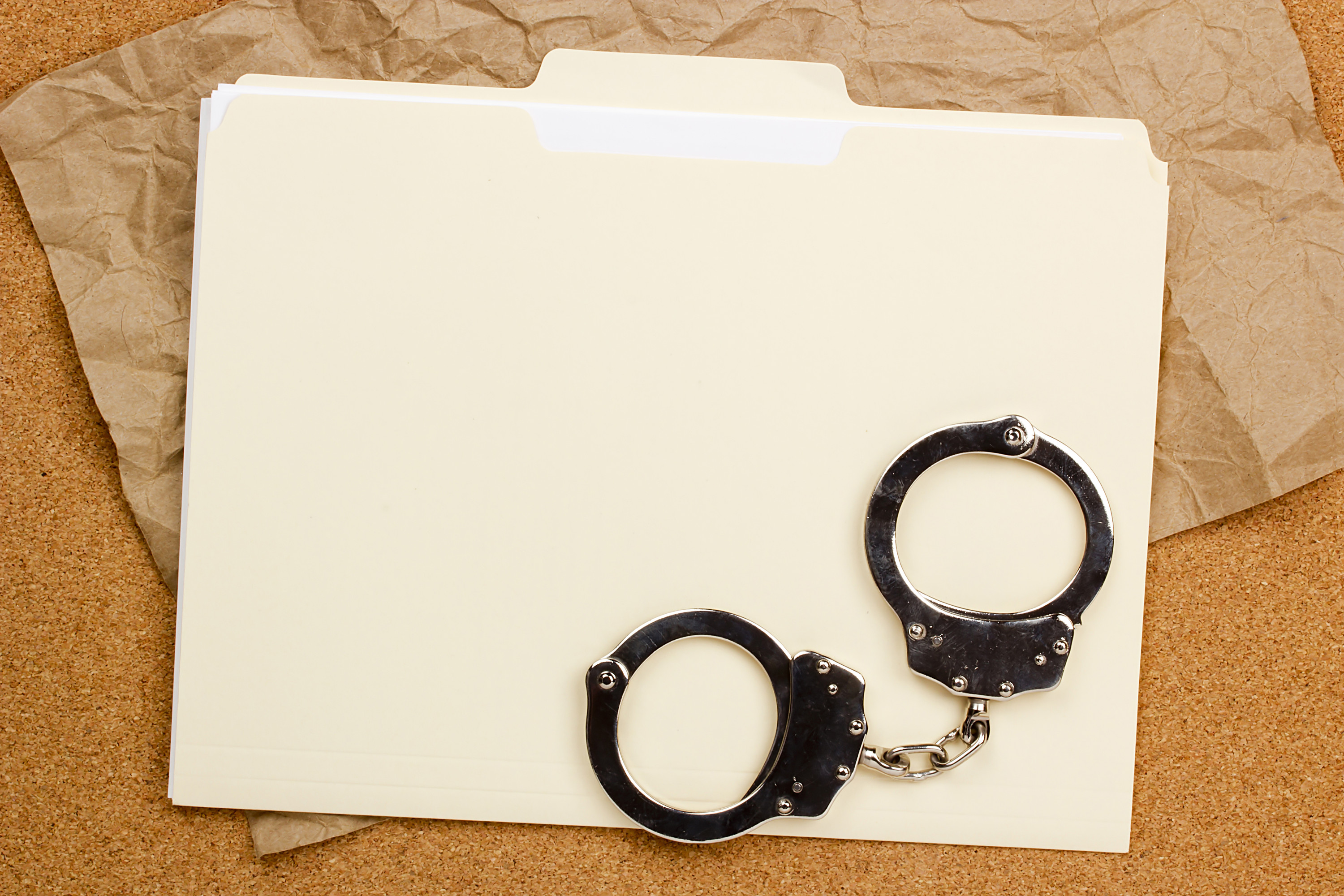— Information for Appellants —
This information will help explain what an appeal is about. It answers some of the general questions most often asked by our clients. Your individual attorney will help you understand your specific case.
“WHAT IS AN APPEAL?”
An appeal is not a new trial. The purpose of an appeal is to check over the proceedings in the trial court to see if the law was followed. An appeal can deal only with the matter shown in the “record.” The “record” includes only: (1) the papers in the trial court files and (2) a court reporter’s word-for-word record of what happened in the courtroom. The Court of Appeal cannot consider facts outside the transcripts. It hears no witnesses and takes no new evidence. The Court of Appeal has no power to decide “questions of fact,” such as whether you are guilty or innocent, or whether a certain witness was lying, or what a particular piece of evidence proves. Decisions like those are made only by the jury or trial judge. The Court of Appeal has no power to say what sentence you should get as long as the sentence you actually received is one allowed by law. The Court of Appeal cannot simply change it because it does not agree with it. The Court of Appeal deals with legal questions. It decides whether the trial court proceedings followed the law. For example, it might decide whether certain evidence was correctly admitted, whether the jury was properly instructed, or whether the trial judge gave adequate reasons for choosing a particular sentence, and other questions of those types. If the Court of Appeal finds that the proceedings were conducted correctly, the judgment is “affirmed,” which means your conviction and sentence will not change. Even if the Court of Appeal finds a legal error was made in the trial court, your judgment will be affirmed unless the court finds “prejudice” – that the error made a difference in the trial. If there is “error” and “prejudice” your case will be “reversed” (in part or in full) and sent back to the trial court for a new trial, a new sentencing, or some other proceeding to correct the error. Some mistakes can be corrected by the Court of Appeal itself, without sending the case back.
“WHAT CAN I EXPECT TO HAPPEN DURING THE APPEAL?”
The usual steps in an appeal include:
(1) Preparation of the Record. The trial court clerk and reporter began preparing the transcripts in your case after the notice of appeal was filed. It is hard to guess how long it will take them to finish (if they have not finished already). Sometimes the transcripts are done in less than a month, and sometimes they take six months or more, especially if the trial was long.
(2) The Appellant’s Opening Brief. After the transcripts are filed, your attorney will study them and decide what issues should be presented to the Court of Appeal. These issues will be presented in the appellant’s opening brief. The brief normally will have several parts. First, it will describe the trial court procedures in a section called “Statement of the Case.” Then it will describe the prosecution’s evidence in a section called “Statement of the Facts.” (The brief will describe the defense evidence too, but the strict rules of the Court of Appeal state that the prosecution’s evidence must be presented as the “facts.”) The next part of the brief will be the “argument.” In this part your lawyer will show how the trial court proceedings did not follow the law, and will argue why you should be given a new trial, another sentence, or some other relief. The opening brief is due 30 days after the transcripts are filed. In most cases, however, one or more 30-day extensions of time are needed.
(3) The Respondent’s Brief. About a month or two after the appellant’s opening brief is filed, the Attorney General, who represents the State of California in the Court of Appeal, will file the prosecution’s answer, called the “respondent’s brief.” In it, the Attorney General will usually argue something like: no mistakes were made in the trial court; or any mistakes were unimportant and did not hurt you; or a particular issue cannot be raised on appeal; or something else in answer to your issues. This is just the prosecution’s argument and is not the Court of Appeal’s decision.
(4) The Appellant’s Reply Brief. In this brief, your lawyer will have a chance to answer the arguments made in the Attorney General’s brief. It is due 20 days after the Attorney General’s brief is filed. The appellant’s reply brief is optional and will be filed only if your lawyer thinks it will help your case.
(5) Oral Argument. Usually within a month or two after all the briefs are filed, the Court of Appeal will give both sides a chance to ask for oral argument. In oral argument, the lawyers for both sides go to the court and argue in person. It usually takes only a few minutes. You will not be there. Oral argument is not held in most cases. Your lawyer will ask for it only if he or she believes something needs to be said that was not already said in the written briefs.
(6) The Opinion. The Court of Appeal will give its decision in a written “opinion.” The opinion explains why the court decided each issue as it did. The opinion will be filed sometime after oral argument is held or waived. It may be only a few days later, or as much as three months later. Three judges of the Court of Appeal will decide your case. They will read the briefs, look at the transcripts, and hear oral argument (if it has been requested). Then they will vote. It takes at least two judges voting the same way to reach a decision. One of the judges writes the “opinion.” One or both of the other judges may write separate opinions if they disagree with something the first judge said.
(7) Petition for Rehearing. If the decision is against you, your lawyer may decide to file a petition for rehearing, asking the Court of Appeal to reconsider. The Attorney General may also file a petition for rehearing, if the decision is against the prosecution. The petitions are due 15 days after the opinion is filed. In general, very few petitions for rehearing are granted by the Court of Appeal. (8) Petition for Review in the California Supreme Court. Another possible step to take, if you lose in the Court of Appeal, is to file a petition for review. This petition might be appropriate if any of the issues in your case involved important questions of law or if the opinion in the Court of Appeal created a conflict with the opinion of some other courts in California. Your lawyer will file the petition if he or she believes there is a reasonable chance of having it granted. The Attorney General also may petition for review if the prosecution has lost in the Court of Appeal. The petition must be filed no earlier than 30 days, and no later than 40 days after the Court of Appeal’s opinion is filed. If the petition is denied, the decision of the Court of Appeal is left standing and becomes “final.” In general, very few petitions are granted by the Supreme Court.
* * * *
Other motions and papers can be filed in an appeal. Your lawyer will file them in your case if they are necessary.
You will get copies of all the briefs, the opinion, any petitions filed, and all other important papers. In a few cases known as “People’s appeals,” the prosecution will be appealing, asking the Court of Appeal to change some ruling of the trial court that may have been in your favor. In People’s appeals, the prosecution will be the “appellant” and will file the appellant’s opening and reply briefs. The defendant will be the “respondent” and will file the respondent’s brief.
If you have any questions about this procedure, please feel free to call me personally.
Stephen KlarichPartner



